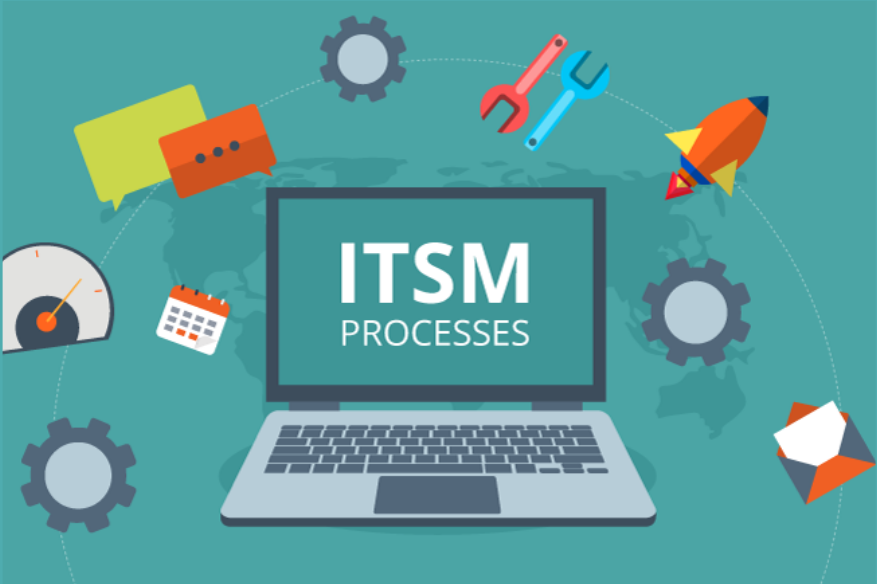Fundamental Need For A Productive ITSM (IT Service Management)

It is true that many business departments have introduced various cloud services that realize advanced IT and those do not require the power of the information system department. But the information systems department itself has to change too. It is necessary to move away from the concept of managing IT systems as before and shift its mission to a business partner who provides useful IT services as customers to all users in the company. IT service management holds the key. It standardizes, visualizes and automates each business process that has been made based on personal judgment or occasional judgment from time to time, improves the quality of IT services, eliminates unnecessary work, and eliminates the unnecessary work. Streamline your work.
So how can we introduce and practice proper IT service management? If you do not have experience or knowledge in your company, you do not know where to start, what to do, and what to do. A useful tool in such a situation is to learn and reference best practices in the world’s leading companies. As a guideline, a framework called the Information Technology Infrastructure Library (ITIL) is well known. From a different point of view, applying the concept of IT service management based on ITIL to all business divisions will enable information systems division to regain its leadership again. This is a great opportunity.
In recent years, all companies are accelerating transformation, such as the manufacturing industry, which has been focused on making a limit on manufacturing, accelerating its conversion to a service model. In order to be competitive in the wave of this digital transformation, it is possible to quickly launch strategic IT services even if the future cannot be seen and to improve operation and correct the trajectory according to environmental changes. In some cases, it will be necessary to take flexible measures like never before, such as linking with other companies’ services and promoting co-creation without hesitation. As a support role for business departments and managers, the information systems department has had unprecedented expectations. The first step of ITIL introduction is from the service desk.
In the previous version of V2 , ITIL centered on two major guidelines:
- Service support that describes daily operation methods
- Service delivery that describes medium- and long-term service management methods.
In the latest V3 , while following these two ideas, the classification is a concept based on five core principles:
- Service strategy
- Service design
- Service transition
- Service operation
- Continuous service improvement.
Each indicates the ideal state of each process of IT service, but among these:
- Service Desk
- Incident Management
- Problem Management
- Change Management Release Management
- Configuration Management
- Service Level Management
- IT Service Financial Management
- Capacity Management
- IT Service Continuity Management
- Availability Management
The above-mentioned parts of ITSM are important concepts for a well-oiled IT organization for any size business. The starting point of these processes is the service desk. Among the Fortune 500 companies, ITIL began to spread in the early 2000s, but more than half of them started the service desk. The reason is that it is the fastest and most visible effect on improving the quality of IT services.
In fact, looking at the current state of the service desk, it’s not uncommon to find workflows that use email or phone interaction. Users can not even see what their request status is now. On the other hand, the manager or head of each department cannot grasp what is stumped by the person in charge at the business site, and the fact is that even if you prioritize the issues, the information to judge them is not gathered. Establishing a workflow for IT service management that is optimal for the entire company by introducing measures to improve the operational workflows of inefficient service desks first, while looking ahead of the system operation management corresponding to the latest technology, user satisfaction.
All providers of ITSM services boast their SLA levels and competitive price points for their potential customers. Companies need to do their homework of researching about the track records of firms that are competing, check reviews from current clients to determine the capability of the service provider. There are lots of things beyond the scope of this article, but there is one thing in common for all ITSM service providers, those are also “for-profit” businesses. These organizations are profit-seeking endeavors as well, which seeks to earn as much profit and do its best to reduce cost as much as possible. A clear understanding of the pros and cons of available competing service providers need to be done by a competent IT team within the organization.
Source: https://www.itproportal.com/features/eight-steps-to-ensure-it-service-management-success/
Related Resources: